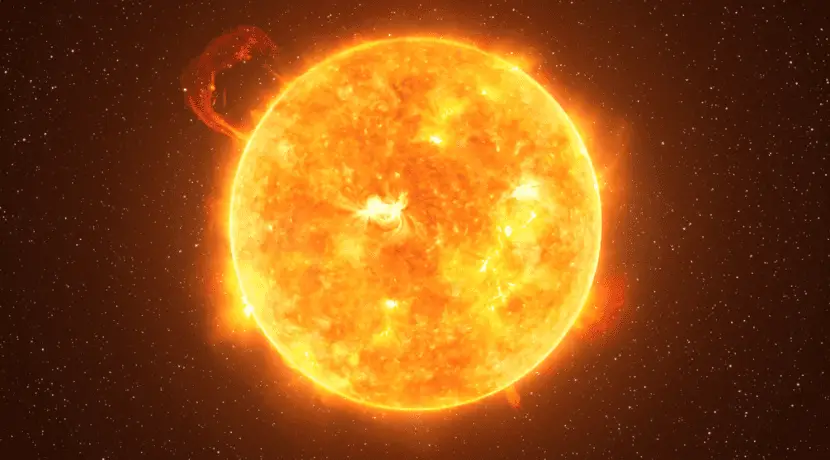Earth receives a second sun
Glass 710 June 23, 2024 1:55 p.m. Robert Klatt Gliese 710, the second sun of the Earth (symbolic image) )kcotS ebodaiksnapezczskul(Photo: © Data from the Gaia space telescope shows that the star Gliese 710 is heading towards Earth. This gives our home planet a second sun. Vienna, Austria). About two years ago, the European Space […]

Glass 710
Robert Klatt
Gliese 710, the second sun of the Earth (symbolic image)
)kcotS ebodaiksnapezczskul(Photo: ©
Data from the Gaia space telescope shows that the star Gliese 710 is heading towards Earth. This gives our home planet a second sun.
Vienna, Austria). About two years ago, the European Space Agency (ESA) created a detailed atlas of the Milky Way using data from the Gaia space telescope. The map of our home galaxy includes about two billion stars. Researchers have now… University of Vienna (PDF) created a complex simulation based on the map, according to which Earth will have a second sun in approximately 1.29 million years.
This is the star Gliese 710 in the constellation Cygnus, which is currently heading towards our solar system at around 50,000 km/h. The star is currently about 60 light years from Earth. In about 1.29 million years, it will approach the planet in just a few light weeks.
Second sun in the Oort cloud
According to calculations by the University of Vienna, the star Gliese 710 will penetrate the Oort cloud, where, in addition to countless comets and asteroids, there is also a tenth planet. Because of its strong gravity, the star will change the orbits of many objects as it travels through the universe, including, astronomers estimate, about 100 million comets. This leads to a large number of collisions, which in turn lead to the formation of new celestial bodies.
Asteroid impact on Earth
About 4,500 of the 100 million comets are thrown into Earth’s solar system by the gravity of the star Gliese 710. This significantly increases the risk of an asteroid impact on our planet. According to Elke Pilat-Lohinger, if one of the asteroids hit Earth, it would have effects similar to the asteroid impact at the end of the Cretaceous, which led to the extinction of the dinosaurs. However, astronomers cannot yet assess exactly the extent of this risk because there is not yet enough information about the Oort Cloud.
Sun in 4,300 to 13,366 astronomical units (AU)
The distance of the second sun from Earth cannot yet be specified. According to calculations, this will occupy a position between 4,300 and 13,366 astronomical units (AU) from Earth. One AU is approximately 150 million kilometers. The sun would then be visible from Earth to the naked eye. However, after about 64,000 years in the Oort Cloud, Gliese 710 will leave its position again.














